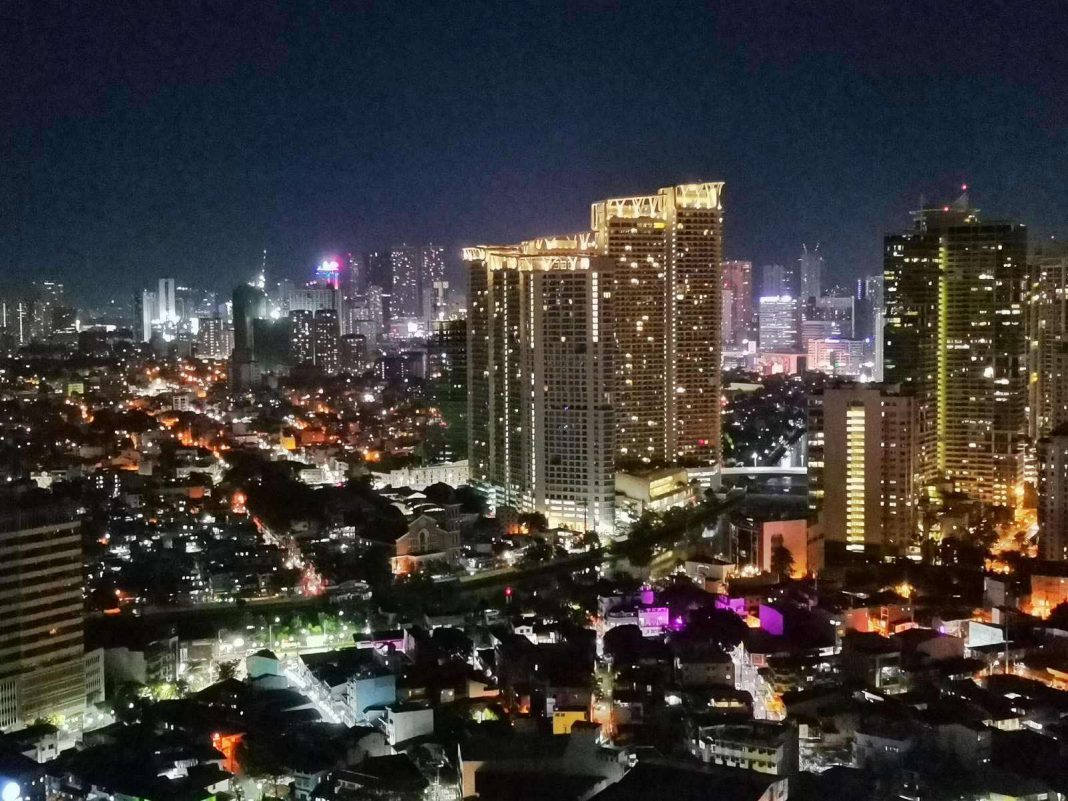By Alithea De Jesus
Photo by Mau Victa/THEPHILBIZNEWS
Amidst the challenges faced by the Philippines brought by the coronavirus pandemic that has disrupted the lives of the Filipino people. It has caused anxiety as health and safety concerns coupled with economic and income uncertainties weighed down everyone setting back a broad spectrum of businesses.
But still, it is elating to know that the Philippine economic recovery from the COVID-19 pandemic continues to gain traction. AMRO forecasts the GDP to grow strongly by 6.9 percent in 2022 and moderate to 6.5 percent in 2023. However, external uncertainties and headwinds heightened in early 2022, posing additional challenges to policy implementation and economic prospects.
AMRO’s assessments are highlighted in the 2021 Annual Consultation Report on the Philippines published today by the ASEAN+3 Macroeconomic Research Office (AMRO).[1]
Economic developments and outlook
In 2021, the economic recovery was mainly driven by stronger investments and household consumption. The recovery is expected to broaden this year, with the private sector taking the lead in driving growth on the back of continued policy support.
Inflation picked up in the early part of the year, owing to rising oil and food prices. Given the supply disruptions from the war in Ukraine, AMRO projects the headline CPI inflation to rise to 4.4 percent in 2022 before declining to 3.8 percent in 2023.
The overall balance of payments was broadly balanced in 2021, with a current account deficit of USD 6.9 billion, or 1.8 percent of GDP, largely offset by net inflows in the financial account. However, the external account could face some pressure in 2022 as the external environment has become more unfavorable.
The banking system has remained resilient amid the pandemic, owing to policy support and prudent management. The banking sector maintained a strong capital adequacy ratio of 16.7 percent on a solo basis as of December 2021, which is well above the minimum regulatory requirement.
Risks, vulnerabilities and challenges
The recovery is clouded by risks and challenges. Given the high vaccination rate, a resurgence of COVID-19 infections should not pose a major risk unless the variant is more resistant to vaccines. Furthermore, the impairment of firms’ balance sheets continues to pose a risk to the banking sector’s financial health although the risk is mitigated by the recovering economic activity.
Global interest rates and capital flow volatilities are likely to rise further in 2022 as the Federal Reserve continues to tighten monetary policy to contain inflation, especially if the war in Ukraine were to escalate further. The Philippine economy is well-positioned to weather the adverse impact given its strong external position, although the peso exchange rate may come under some pressure.
Policy recommendations
The heightened uncertainty in the global economic and geopolitical environment amid existing risks from the pandemic in the past two years have posed additional challenges to the government. Policymakers need to strike a good balance between supporting the recovery and safeguarding against risks.
The broadly neutral fiscal policy stance in 2022 under the current National Budget is appropriate as the private sector recovery is expected to gain momentum and become more self-sustaining.
The fiscal consolidation plan should enhance fiscal sustainability without jeopardizing economic recovery. The pace of fiscal consolidation can be expedited once the private sector recovery becomes self-sustaining, by continuing to improve the efficiency of public spending programs, while enhancing revenue collection.
The Bangko Sentral ng Pilipinas (BSP) has started to unwind its accommodative monetary policy with policy rates hike in May and June 2022, as inflationary pressure intensified amid the sharp rise in global oil and food prices. Looking forward, the BSP should continue to normalize its monetary policy stance. The pace of normalization should be determined by the strength of the economic recovery and trajectory of inflation.
Both public and private efforts need to be synergized to mitigate the scarring effects from the pandemic and address the structural challenges to achieve a more resilient and sustainable long-term growth. In particular, concerted efforts should be made to digitalize the economy to enhance productivity and growth. Recent legislations, including the amendments to the Retail Trade Liberalization Act, the Public Service Act, and the Foreign Investments Act, will improve the business environment, enhance competitiveness and attract more investment.














